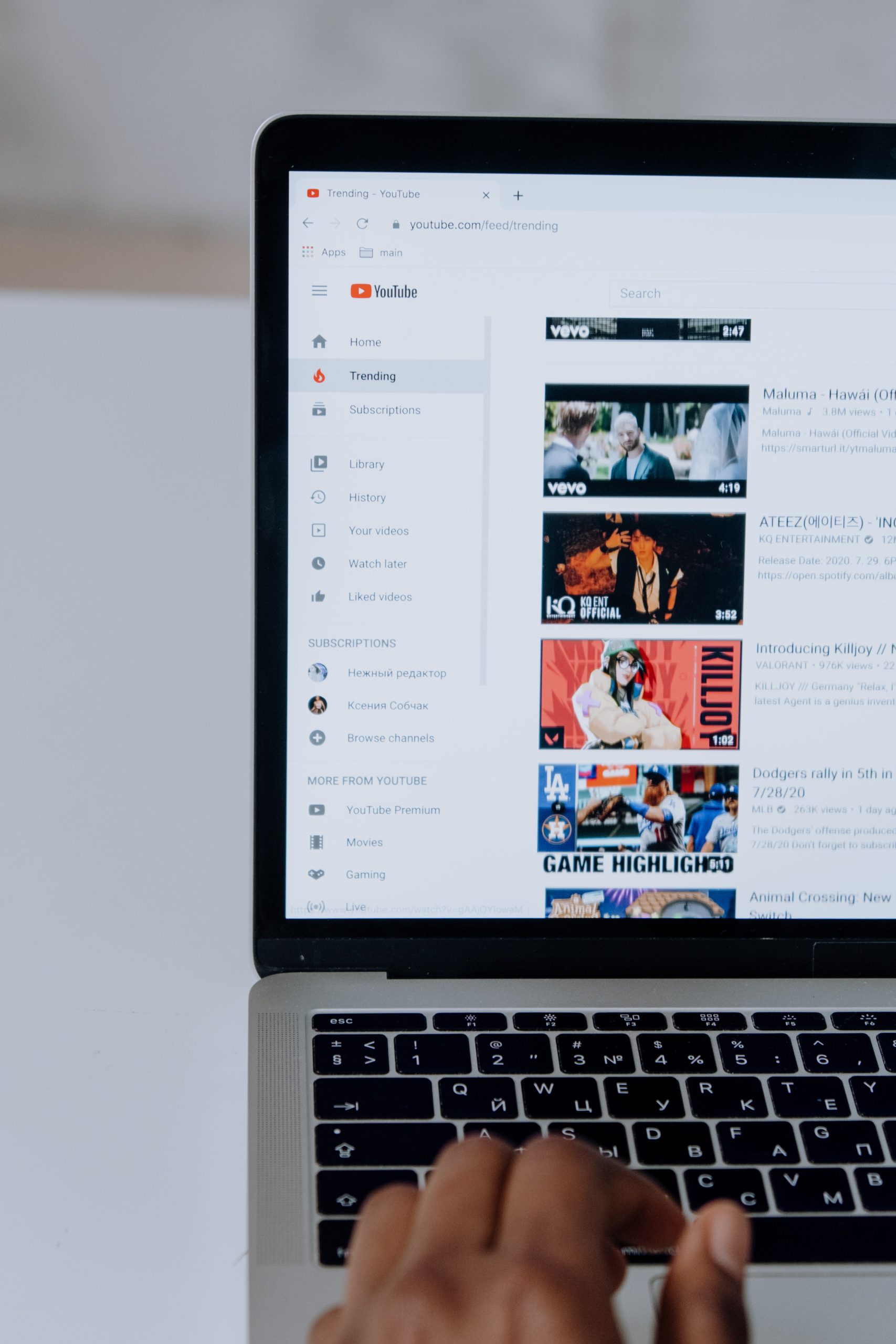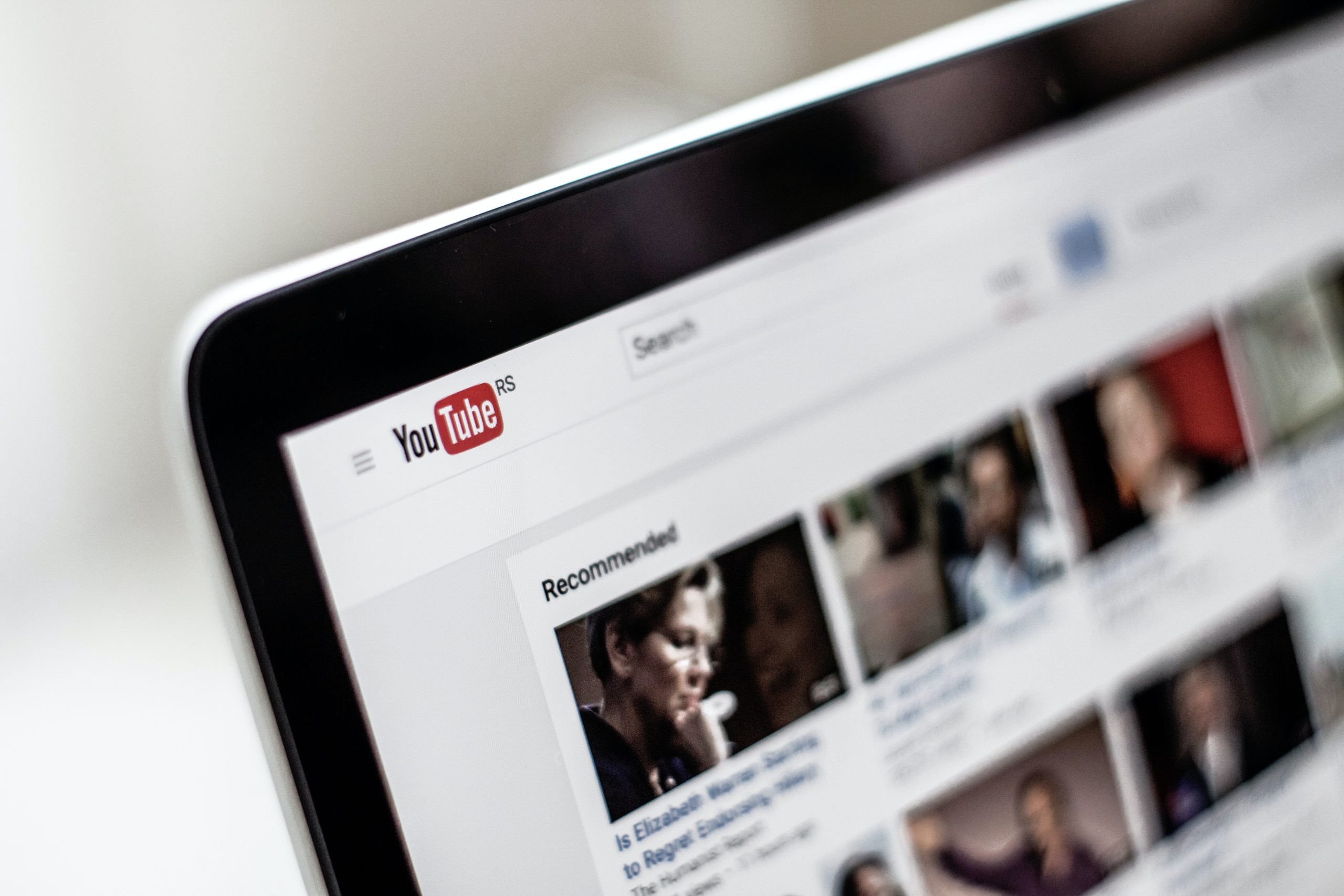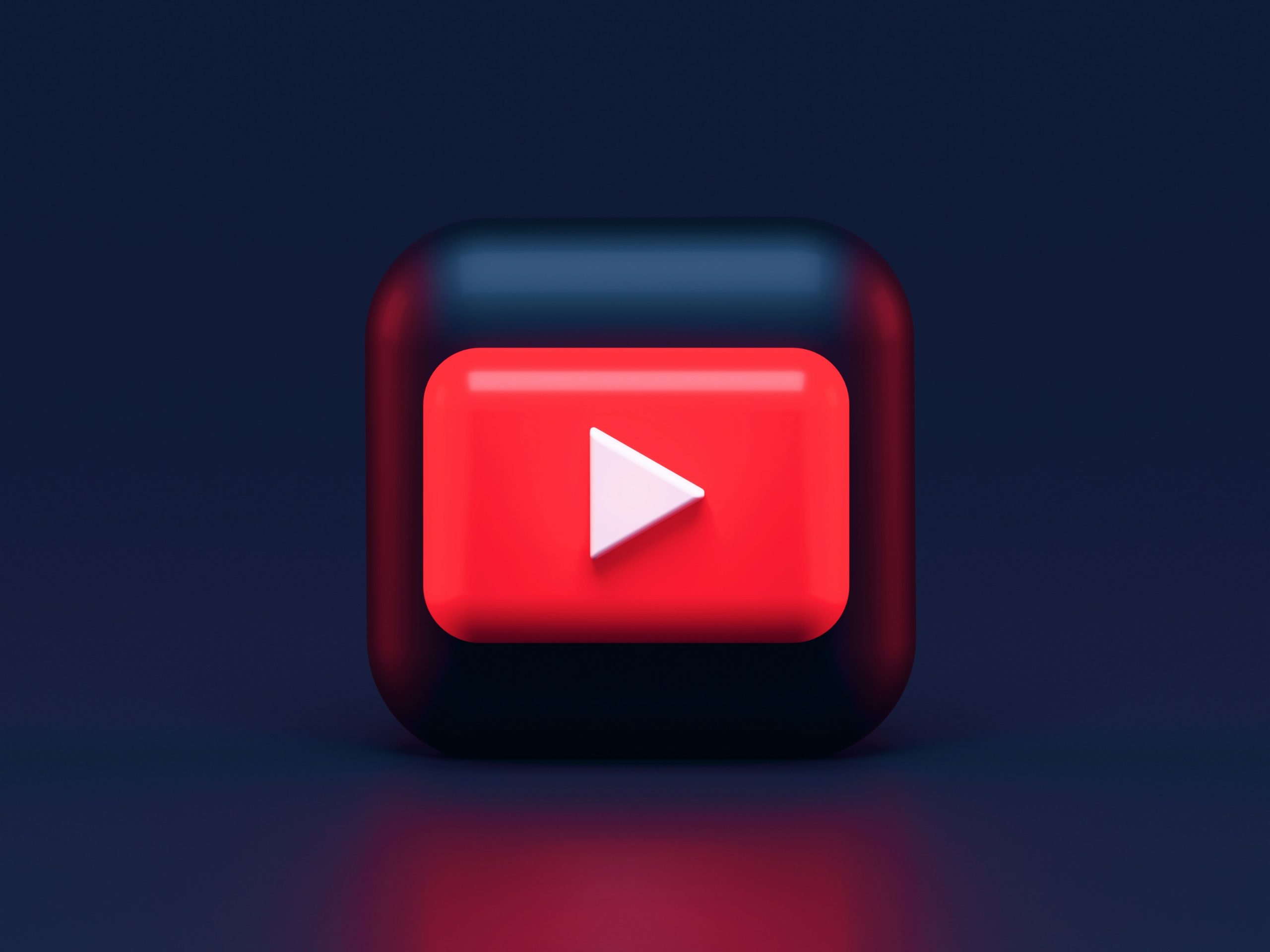Monetizing a YouTube channel offers an exciting opportunity to turn your passion for creating content into a potential source of income. However, to access YouTube’s monetization features and start earning revenue, you need to comply with specific rules and guidelines set by the platform. Understanding these rules is crucial for aspiring YouTube creators. Here’s a comprehensive overview of the rules to monetize your YouTube channel.
 1. Meet the YouTube Partner Program (YPP) Requirements
1. Meet the YouTube Partner Program (YPP) Requirements
To qualify for monetization, your channel must be a part of the YouTube Partner Program (YPP). The basic eligibility requirements for YPP include:
– 1,000 Subscribers: Your channel must have at least 1,000 subscribers. This demonstrates that you have built a substantial audience and can attract viewers consistently.
– 4,000 Watch Hours: You need to accumulate at least 4,000 watch hours over the past 12 months. This metric reflects the total amount of time viewers have spent watching your videos, indicating strong engagement with your content.
– Adhere to Policies: Your channel must comply with YouTube’s policies and guidelines, including the Community Guidelines, Terms of Service, Copyright Laws, and monetization policies.
2. Enable Two-Step Verification
YouTube requires all channels in the Partner Program to enable two-step verification for added security. Two-step verification is a security feature that adds an extra layer of protection to your Google account by requiring a second form of authentication in addition to your password.
How to Enable:
– Go to your Google Account settings.
– Select Security and then 2-Step Verification.
– Follow the prompts to set up and activate this feature.
Enabling two-step verification helps protect your account from unauthorized access and potential misuse.
3. Adhere to Content Guidelines
YouTube has strict content guidelines that you must follow to maintain eligibility for monetization. Content that violates YouTube’s Community Guidelines or Terms of Service may lead to demonetization or account suspension.
– Community Guidelines: Avoid posting content that includes hate speech, harassment, threats, or violence. Ensure that your content adheres to YouTube’s rules regarding harmful or dangerous content.
– Copyright: Use only content that you have the rights to or that is covered under fair use. Avoid using copyrighted material without permission, as this can lead to copyright strikes and impact your ability to monetize.
 4. Set Up Google AdSense Account
4. Set Up Google AdSense Account
To receive payments from YouTube, you need to have an active Google AdSense account linked to your YouTube channel. Google AdSense is the platform through which YouTube pays creators for ad revenue.
How to Set Up:
– Sign in to your YouTube account and go to YouTube Studio.
– Click on Monetization and then Start.
– Follow the steps to create or link your AdSense account.
Ensure that your AdSense account details are accurate and up-to-date to avoid payment issues.
5. Comply with YouTube’s Advertiser-Friendly Content Guidelines
Even if your channel meets the YPP requirements, you must create content that is deemed advertiser-friendly to generate ad revenue. YouTube evaluates content based on several criteria to ensure it aligns with advertisers’ expectations.
– Avoid Controversial Topics: Content that involves sensitive subjects or controversial topics may not be suitable for advertising.
– Maintain High Quality: Ensure that your videos are of high quality, provide value to viewers, and adhere to YouTube’s content standards.
Creating content that aligns with these guidelines helps maximize your ad revenue potential and attract advertisers to your channel.
6. Engage with Your Audience
Building a successful channel involves more than just meeting the technical requirements. Engaging with your audience and fostering a community around your content is key to sustained growth and monetization.
– Respond to Comments: Interact with your viewers by responding to their comments and feedback.
– Create Consistent Content: Regularly upload content to keep your audience engaged and attract new subscribers.
Maintaining an active and engaged channel contributes to your overall success and helps you meet YouTube’s monetization criteria.
Monetizing a YouTube channel involves meeting specific requirements, adhering to content guidelines, and setting up necessary accounts. By understanding and following YouTube’s rules, you can successfully monetize your content and potentially turn your channel into a profitable venture. Focus on creating high-quality, engaging content, and consistently apply best practices to build a successful YouTube channel that not only attracts viewers but also generates revenue.


